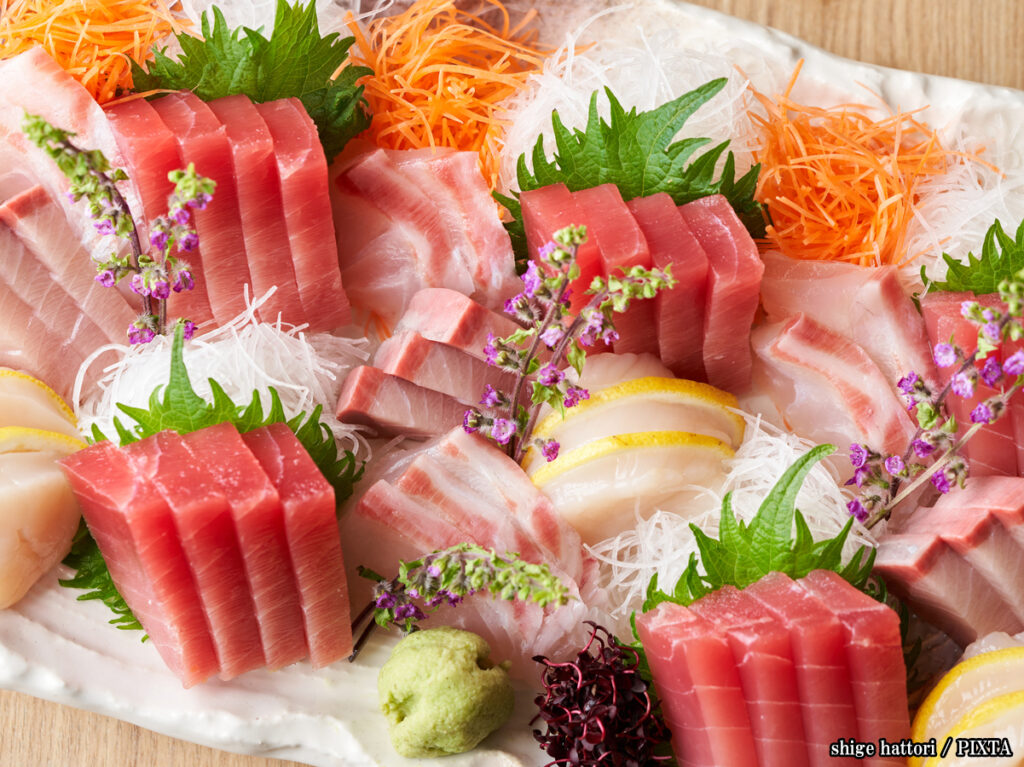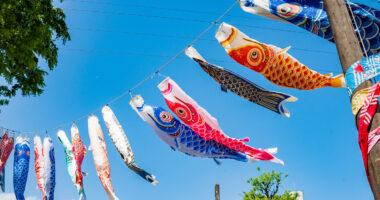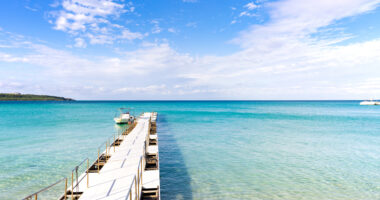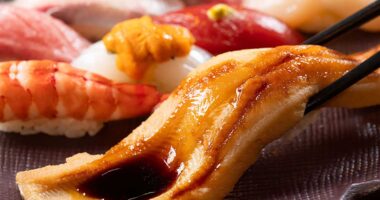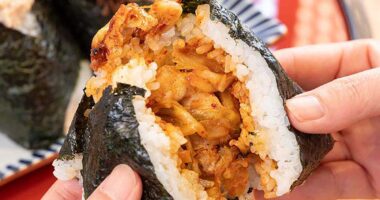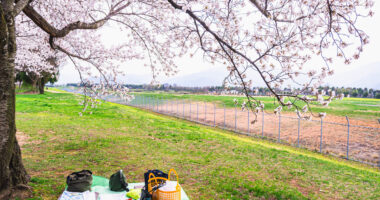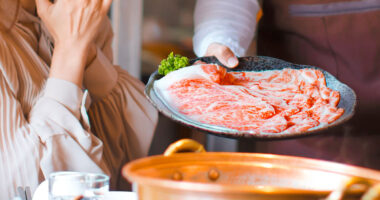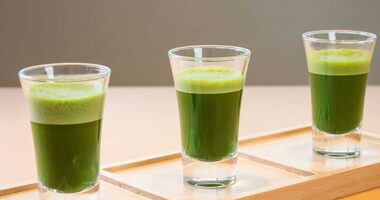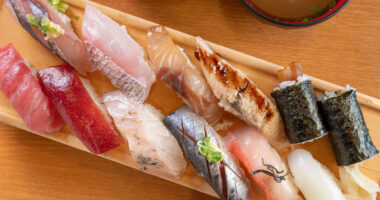For many first-time visitors to Japan, the idea of eating sashimi, or raw slices of fish, can be both enticing and a little intimidating. Slices of tuna and salmon are central to Japan’s food culture, though some visitors still worry about freshness and food safety. The good news is that sashimi in Japan is generally safe for most tourists to enjoy. Thanks to strict hygiene practices, tight regulations, and a national emphasis on freshness, the risks are low when eating at reputable establishments. With a bit of care—especially for those with allergies or dietary restrictions—sashimi can be a highlight of your culinary experience in Japan.
Food safety standards and hygiene in Japan
Eating raw fish may seem risky, but Japan’s food safety systems are designed to minimize those risks for sashimi. From meticulous handling to cold storage logistics, every step of the process is tightly controlled to protect quality and safety.
- Freshness is king:
Japanese culinary culture places extraordinary emphasis on freshness. Fish intended for sashimi is handled with care from sea to kitchen, kept at precise temperatures to prevent spoilage. - Expert handling:
Sashimi chefs undergo extensive training, learning not only how to cut fish with precision but also how to maintain high hygiene standards. Knives and surfaces are cleaned frequently, and ingredients are stored and prepared using rigorous safety protocols. - Cold chain management:
A robust cold chain system keeps seafood chilled throughout its journey—from wholesale markets like Toyosu to your local sushi bar—helping inhibit bacterial growth and preserve the quality of the fish.
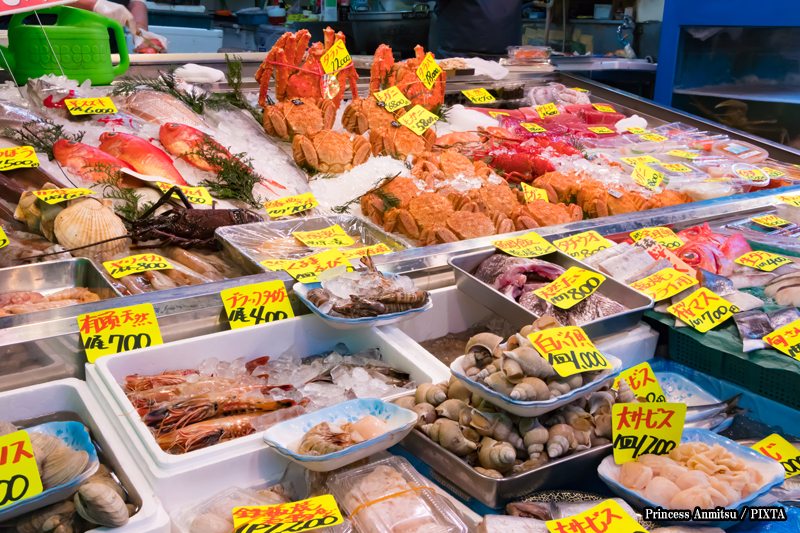
Photo for illustrative purposes
What to avoid: risky places or seasonal concerns
While sashimi in Japan is overall safe in Japan, a few precautions can help you avoid rare issues and ensure peace of mind.
- Street stalls vs. restaurants:
Japan’s street food is usually safe, but when it comes to raw fish, restaurants are a better bet. They have proper refrigeration and trained staff who understand safe handling procedures. - Seasonal concerns (rare):
Occasionally, certain shellfish can carry natural toxins during specific times of year, such as during red tide blooms. However, reputable restaurants monitor these risks and won’t serve affected seafood. For the average tourist, this is rarely a concern. - Specific fish:
One notable exception is fugu (pufferfish), which contains a dangerous toxin and must be prepared by specially licensed chefs. It’s not a common sashimi offering and is clearly marked when available. Unless you actively seek it out at a certified fugu restaurant, you’re unlikely to encounter it.
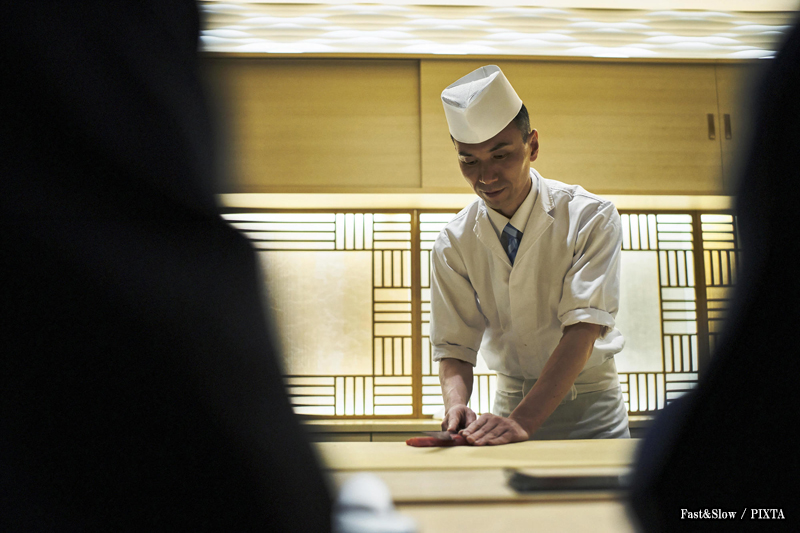
Photo for illustrative purposes
Allergies and language tips for safe ordering
Travelers with food allergies particularly to seafood should focus on clear communication to dine safely in Japan.
- Common allergens:
Sashimi-related allergies often involve shellfish—such as shrimp, crab, squid, or octopus—or specific types of fish like salmon, tuna or mackerel. - Language tips and vocabulary:
- arerugī ga arimasu (“I have an allergy.”)
- X arerugī desu (“I’m allergic to X.”)
- Example:
ebi arerugī desu (“I’m allergic to shrimp.”) - Example:
sake arerugī desu (“I’m allergic to salmon.”) - nama-zakana (raw fish): Useful if you need to clarify or avoid certain dishes.
- Point and gesture:
Don’t hesitate to point to menu photos or use a translation app. Many restaurants catering to tourists provide English menus or staff with basic English ability. - Chef communication:
At high-end sushi counters, dietary needs are usually communicated to the chef through the server. Because each piece is prepared to order, chefs are typically attentive to allergies and well-informed about every ingredient.
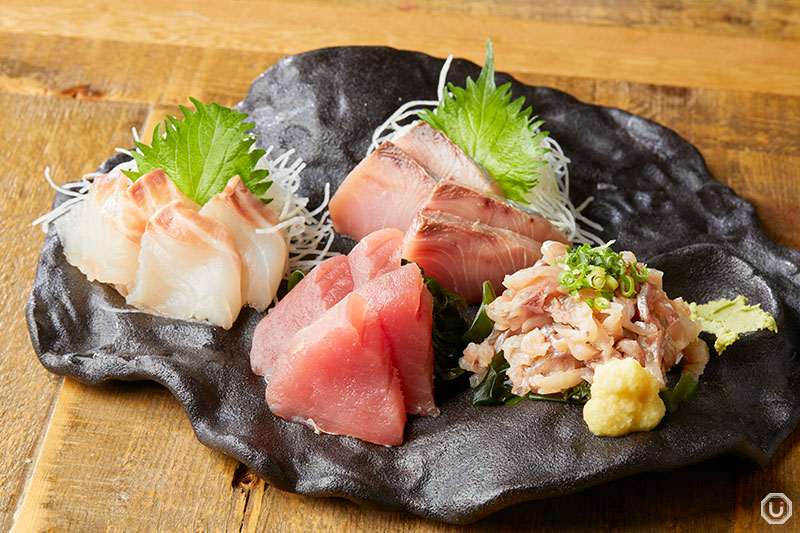
Sliced fresh fish assortment (for two people) at Imagawa Shokudō Nishi-Shinjuku
Final thoughts: savor sashimi without worry
For most visitors, enjoying sashimi in Japan is safe and highly memorable. The country’s commitment to freshness, hygiene, and culinary precision means that raw fish, when enjoyed at reputable establishments, poses minimal risk. By being mindful of personal allergies and choosing where you eat with care, you can enjoy this iconic dish with confidence. Don’t let uncertainty stop you—sashimi provides a direct and flavorful introduction to Japanese cuisine at its most refined.
Related articles
- “5 Must-Try Maguro Tuna Dishes Inspired by Japanese Cuisine — It’s Not Just Sushi!”
- “Types and Characteristics of Tuna Tasted in Japan! From Pacific Bluefin Tuna to Albacore”
